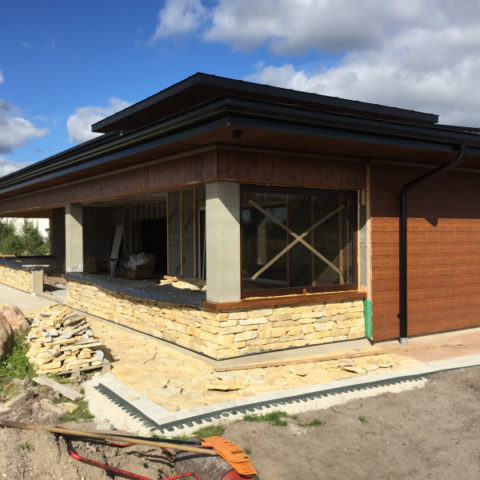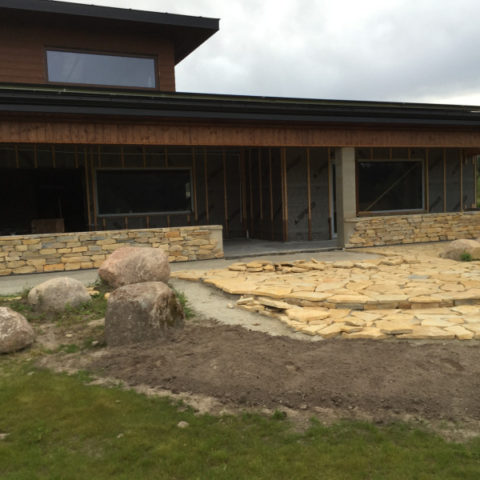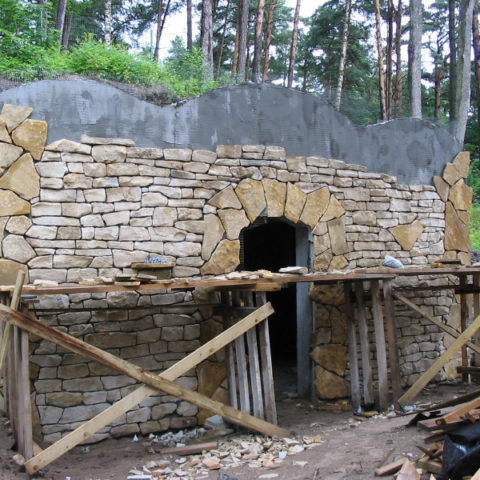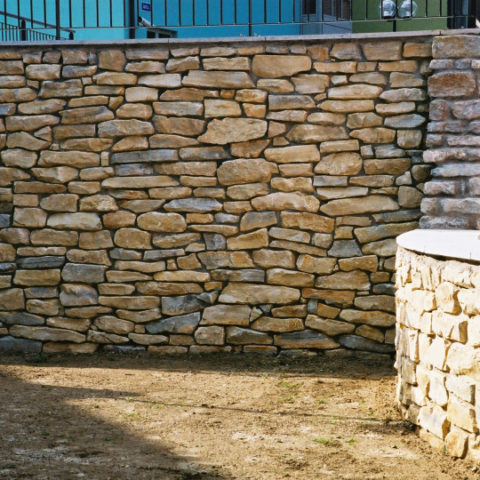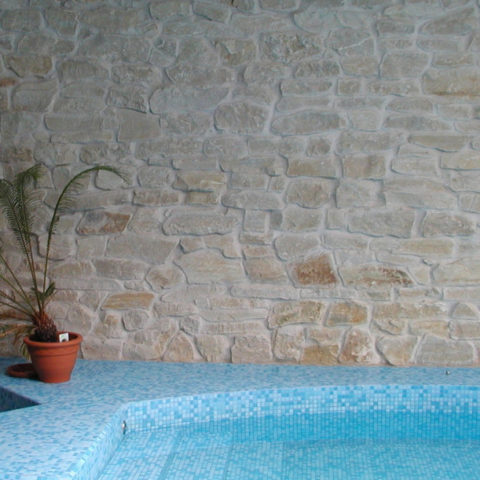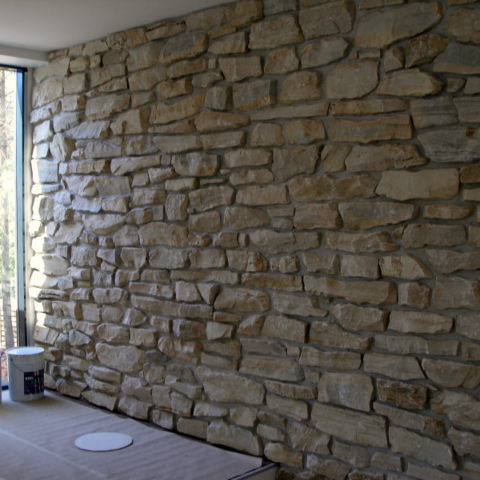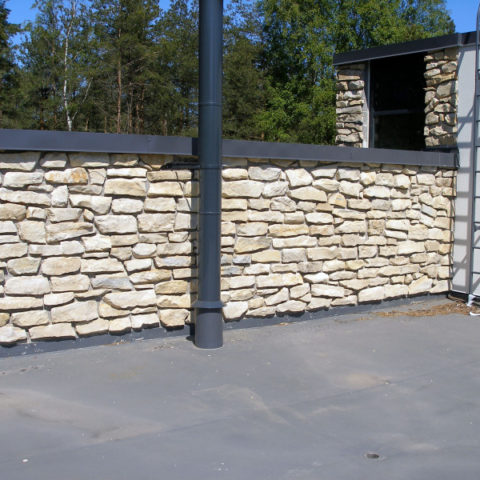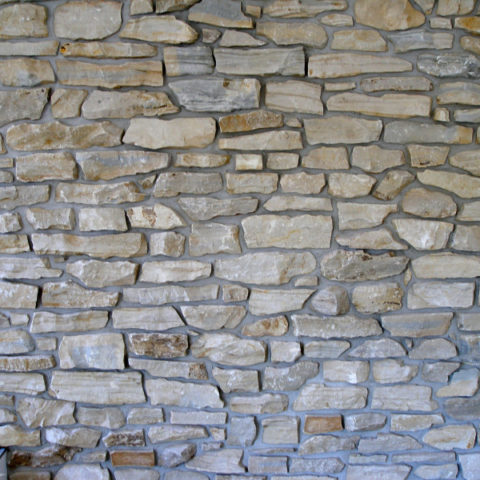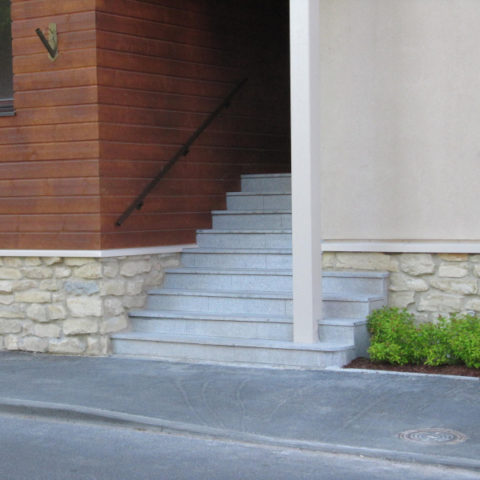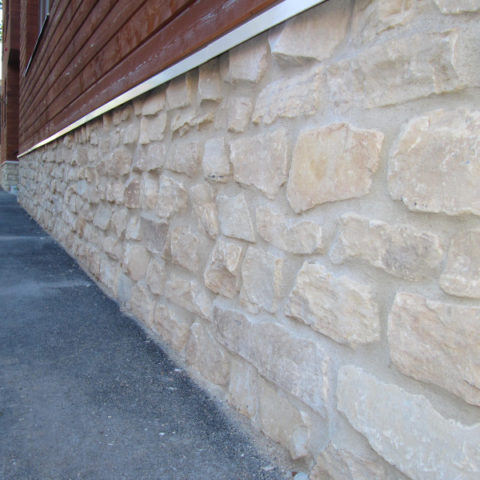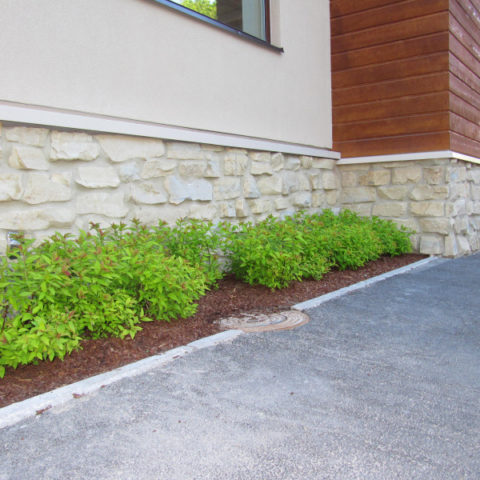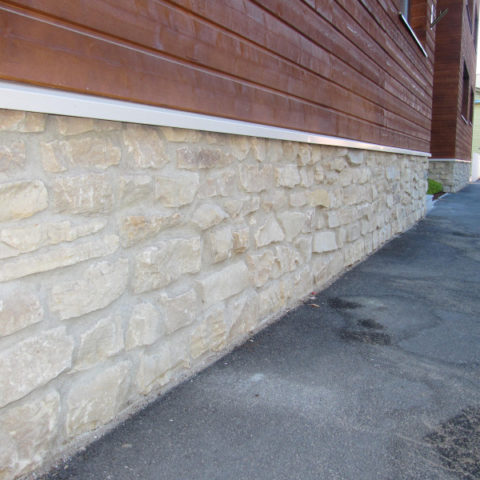Limestone
Limestone is a commonly used name for different types of limestone. The most common of them in Estonia are limestone and dolomite.
Limestone is an organic or chemical sedimentary rock (430–500 million years old) that consists mainly of calcium carbonate.
Limestone has been used for establishing burial mounds, buildings and fortifications already since ancient times. The majority of Estonia’s most important architectural monuments have been made of limestone, including Tallinn Old Town, which has been added to UNESCO World Heritage List.
Limestone is the most important type of stone in our country. Different layers of limestone form the base surface here. In limestone quarries the layered structure of limestone can be easily seen and the layers are also exposed in the northern coast of Estonia.
Limestone rocks often include plenty of fossils.
Limestone can be easily processed and throughout times beautiful sculptures have been made of it. In recent years limestone is successfully used in interior and exterior finishing of buildings and it is even used to make slate jewellery.
Since 4 May 1992, limestone is the national stone of Estonia.







